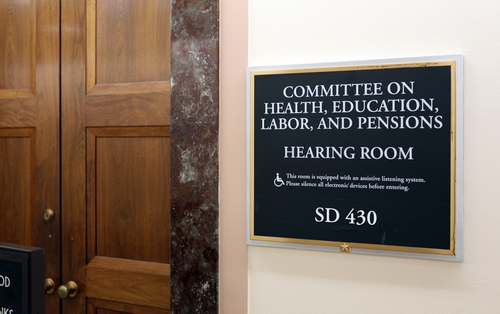Advertisement
PSCA Provided Input Into New Bill to Lower Retirement Plan Eligibility Age
Sponsors of a recent bill to lower the age of eligibility for retirement plan participants received a heavy assist from the Plan Sponsor Council of America (PSCA) and its members.
The bill, introduced by Sens. Bill Cassidy (R-La.) and Tim Kaine (D-Va.) and called The Helping Young Americans Save for Retirement Act, aims to close one of the largest retirement plan coverage gaps: workers aged 18 to 21.
PSCA data found that 40% of plans currently have a minimum age requirement of 21, whereas the rest have either no minimum age requirement or already have an age 18 minimum.
PSCA also deployed a field survey that found support for a mandatory minimum age of 18 if certain protections and guardrails are in place.
“According to our data, a significant number of plan sponsors already make eligible those that are under the age of 21, but this legislation ensures that for industries that employ a number of seasonal workers or other short-term employees, a new barrier to maintaining a plan is not imposed,” ARA Chief Government Affairs Officer Will Hansen said.
Specifically, the bill would mandate a lower participation age of ERISA-covered defined contribution (DC) plans under certain circumstances for workers.
It also aims to lower the cost of covering younger workers by delaying ERISA provisions requiring audits if employers allow employees under 21 to start contributing.
The American Retirement Association’s (ARA) Government Affairs Committee engaged with the bill’s sponsors to provide input during its drafting process. Specifically, ARA asked for workers within the age group to be treated like long-term, part-time employees (LTPTE), in that employer contributions are not required and can be “carved out” for testing purposes.
Interest in Congress is currently high over workers who forgo college and move more quickly into the workforce. Taking advantage of a few extra years of savings and compounding interest can positively impact participant outcomes, which is one reason for the bill.
It’s one part of a larger goal to find and plug the coverage gap in several areas, including gig workers and those who spend time as caregivers. Modeled after the SECURE 2.0’s treatment of LTPTEs, it expanded those rules to younger workers.
The bill’s bipartisan nature means its chances of passing are high and most likely part of a larger bill.
Scheduling a committee hearing is the next step, and the bill’s initial sponsors will continue to solicit cosponsors while engaging with advocacy groups to add their expertise about what works and what doesn’t.
